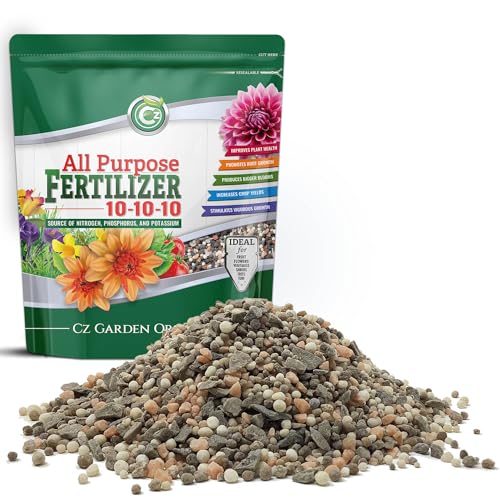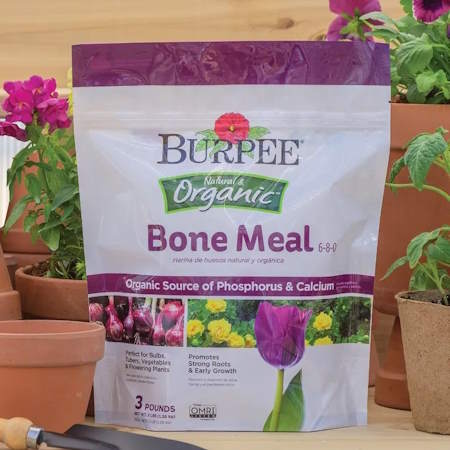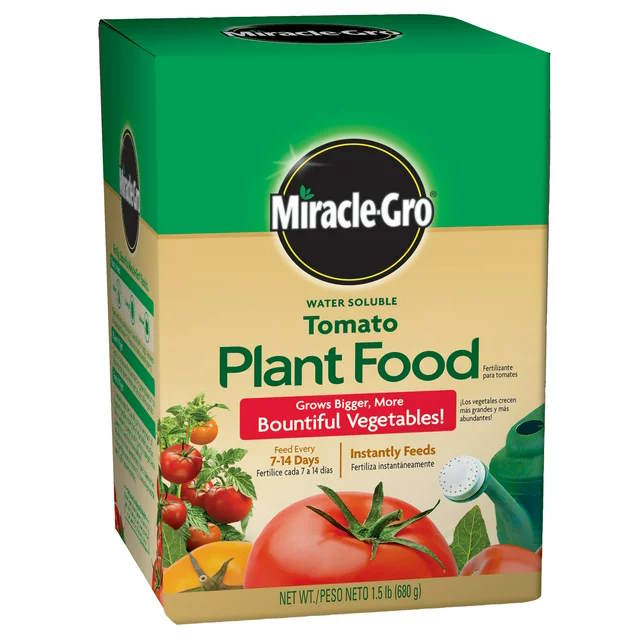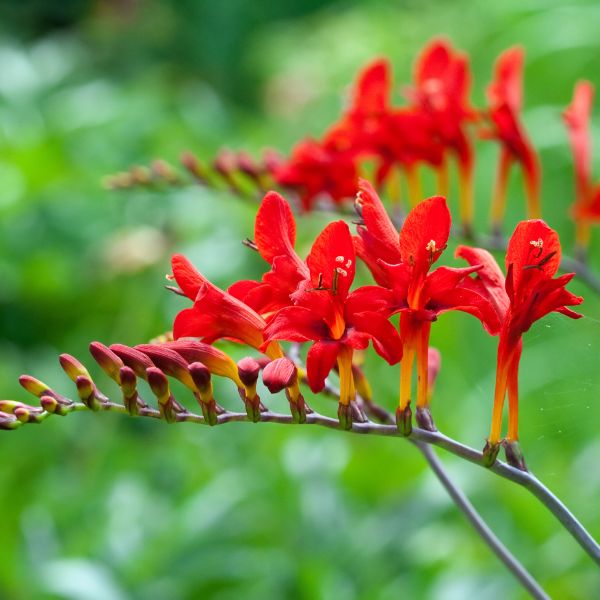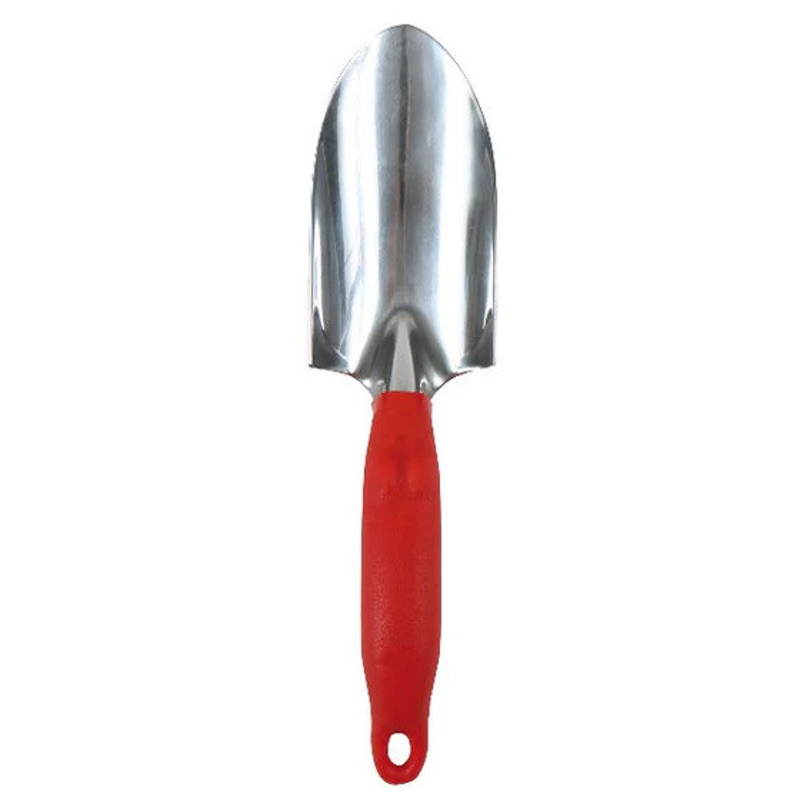Why is my crocosmia not blooming? 5 common reasons for a lack of flowers, and how to fix them
Discover the usual culprits for a lack of blooms with crocosmia
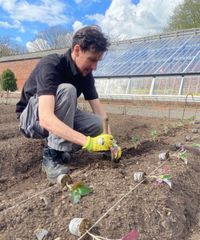

Crocosmia produces fiery-colored flowers in summer and makes a perfect addition to bring drama to any bed or border. They are popular, easy to grow, and flower reliably. Or at least they should, but there are reasons why crocosmia may not bloom as well as you’d like it to.
If you look at a sad specimen and wonder, 'Why is my crocosmia not blooming?', then we have the answer, or potential answers. This is because there are a few usual suspects that can cause crocosmia to not flower, even after several seasons of great blooming.
Whichever of the hundreds of crocosmia varieties you grow, the five reasons we outline here can cause your plants to put on a disappointing show, or none at all. But don't fret, as this guide helps you diagnose the problem and suggests some simple solutions.

Disappointed by your crocosmia blooms? Here are 5 potential reasons why
If you are not getting the firework display of summer blooms you hoped for, it may be due to one of the following reasons:
1. Older plants get congested
Has your crocosmia flowered reliably for several years, but the performance has started to wane, and now there are few or no flowers?
If this sounds like what is happening to you, there is a common reason for an older crocosmia not blooming. And that is that the dense clump has become too congested over time.
Mature clumps of crocosmia should be divided every three or four years. This keeps the clump vigorous, rejuvenating older plants and preventing overcrowding that inhibits the blooms.
Design expertise in your inbox – from inspiring decorating ideas and beautiful celebrity homes to practical gardening advice and shopping round-ups.
And dividing plants in the spring gives you more plants to put elsewhere in your flower beds, for free.
2. Too little sun
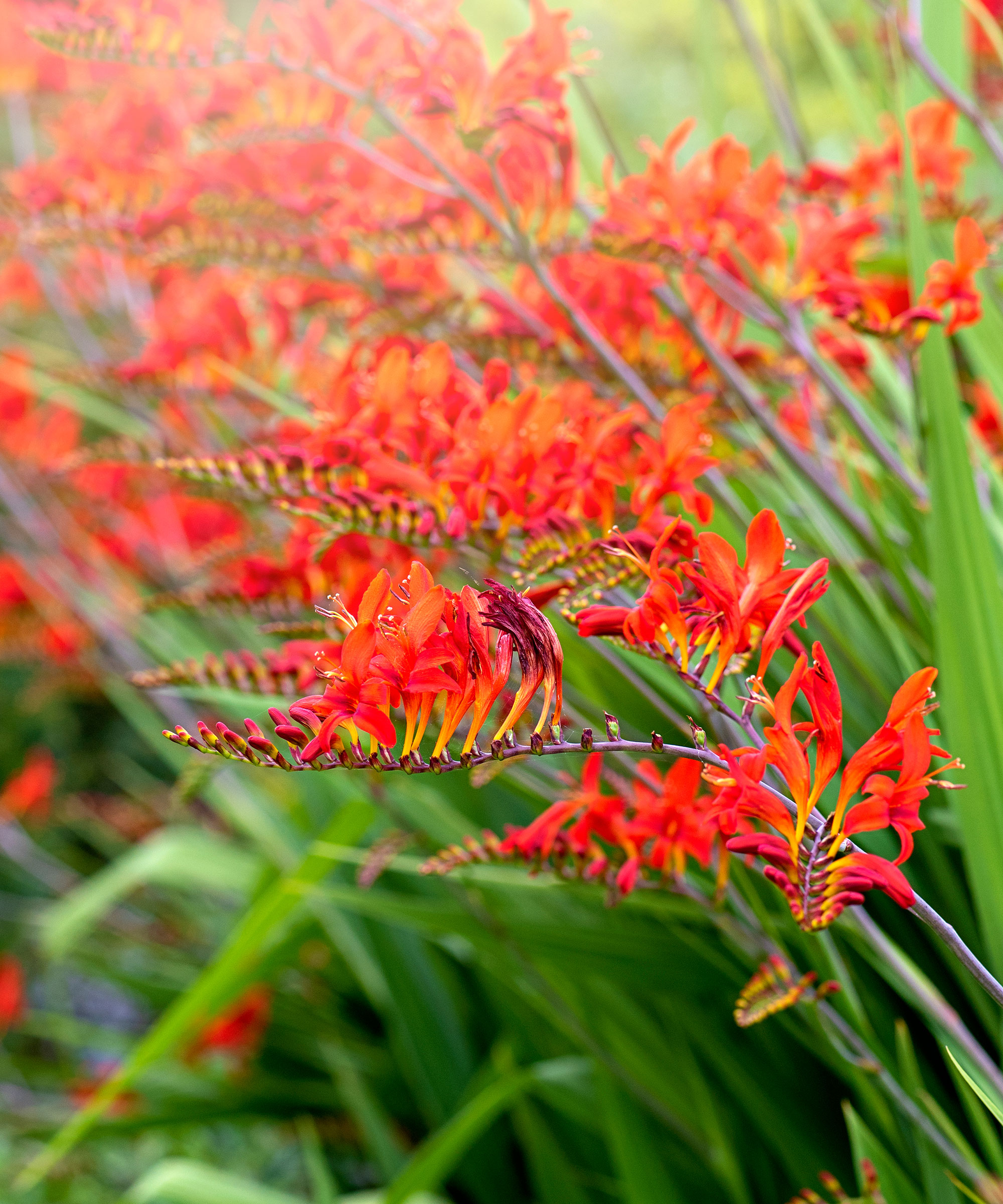
Crocosmia are native to warm climates of southern and eastern Africa, so it may come as no surprise that they thrive with lots of sunshine.
To flower well, crocosmia requires at least six hours of direct sunlight per day. Some varieties may be able to cope with some light shade, but the less sun they get, the poorer the flowering and overall impact.
If your crocosmia is not blooming as well as you'd hope, it may be that the plant is not getting enough sunshine. It might even have undergone a change in the light levels over the years, as trees or shrubs around the garden may have started to shade the crocosmia as they grow larger.
It may be time to lift and transplant the crocosmia to a sunnier spot in the backyard. The best time to do this is in early spring, or after flowering in the fall. The newly moved clump may take a year to adjust to its new home, before bursting into full bloom the following season.
3. The wrong soil is causing moisture issues
Crocosmia thrive in moist and well-draining soil types. A crocosmia not blooming can be due to it being planted in the wrong soil. Too much or too little moisture can mean a disappointing flowering performance.
The choice is yours whether to transplant crocosmia to a better environment, amend the existing soil, or grow them in containers so you can control the soil. However, if you fear your soil is likely to sit very dry or waterlogged, you can try the following:
- If you have a very dry soil type, adding organic matter, such as compost, well-rotted manure, or leaf mold, boosts the soil structure and increases the amount of water it retains.
- On the other end of the scale, heavy soils will benefit from adding lots of grit to improve the drainage.
During the summer, crocosmia will flower best thanks to deep watering during particularly dry spells, especially if you are growing the plants in pots as part of a container garden.
4. A lack of nutrients
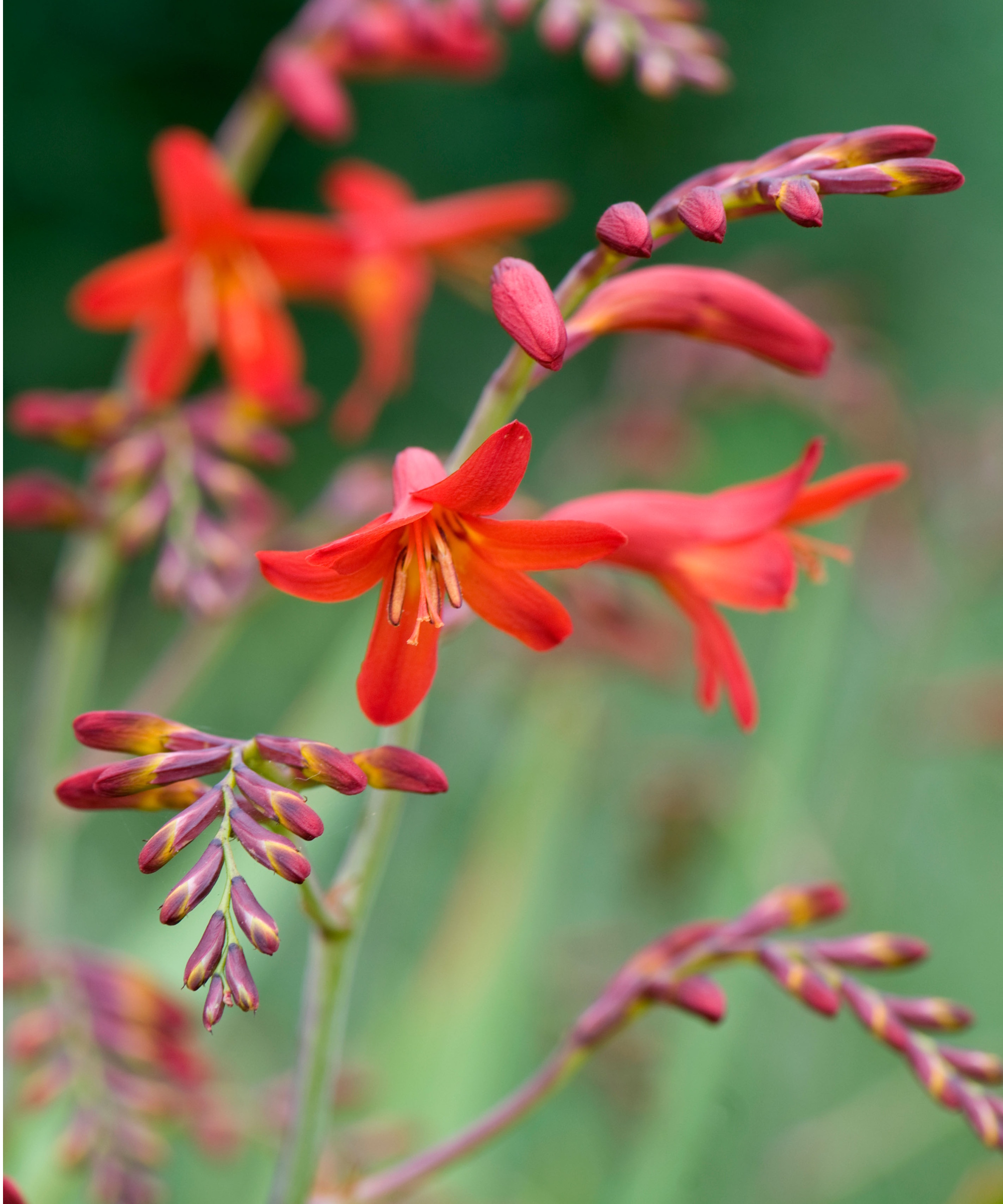
A crocosmia not blooming could be due to a lack of nutrients. If the plant doesn’t get the water or food it requires to flower, then the result will be poor flowering. This will be especially important when they are growing in pots, as the plants can quickly use up the nutrients in the soil it has.
Adding a handful of slow-release balanced fertilizer or bonemeal and working it into the soil in spring can be enough for crocosmia growing in the ground.
Crocosmia in containers need a bit more attention. Feed them every few weeks with a high-potassium liquid fertilizer, mixing it in and applying it when watering plants. A tomato feed, homemade comfrey feed, or seaweed fertilizer can be ideal for the job.
Avoid using high-nitrogen products. This would be a fertilizing mistake that results in crocosmia developing lots of foliage but few flowers.
5. It simply needs more time
There can be a simple reason for a new crocosmia not blooming, and that is you need to be more patient with the plant.
Newly-planted crocosmia are unlikely to flower in their first year. This time is often spent establishing a strong root system for the years ahead, doing the hard work underground, rather than putting on a flowering display. However, larger corns or crocosmia in containers are more likely to bloom in that first year.
If you have only added crocosmia to your backyard ideas a few months earlier, don’t stress about no blooms. Wait until the following year. If there are still no flowers, it may be planted in the wrong place.
FAQs
What month do crocosmia flowers bloom?
Crocosmia are mid-to-late summer flowers that can appear in late June and July and bloom into the fall. The exact blooming time will depend on your US hardiness zone and local climate.
How do I get more flowers on crocosmia?
The key to a strong display of blooms is to plant crocosmia in a sunny, protected position in fertile, well-draining soil, feed plants annually, and divide clumps every few years to keep them vigorous.
Crocosmia are perennial in US hardiness zones 5-9, and will need some winter protection in colder climates to ensure they survive year after year. This includes mulching around the plants in the fall to insulate the roots from freezing temperatures, or even lifting and storing corms for winter in very cold areas.
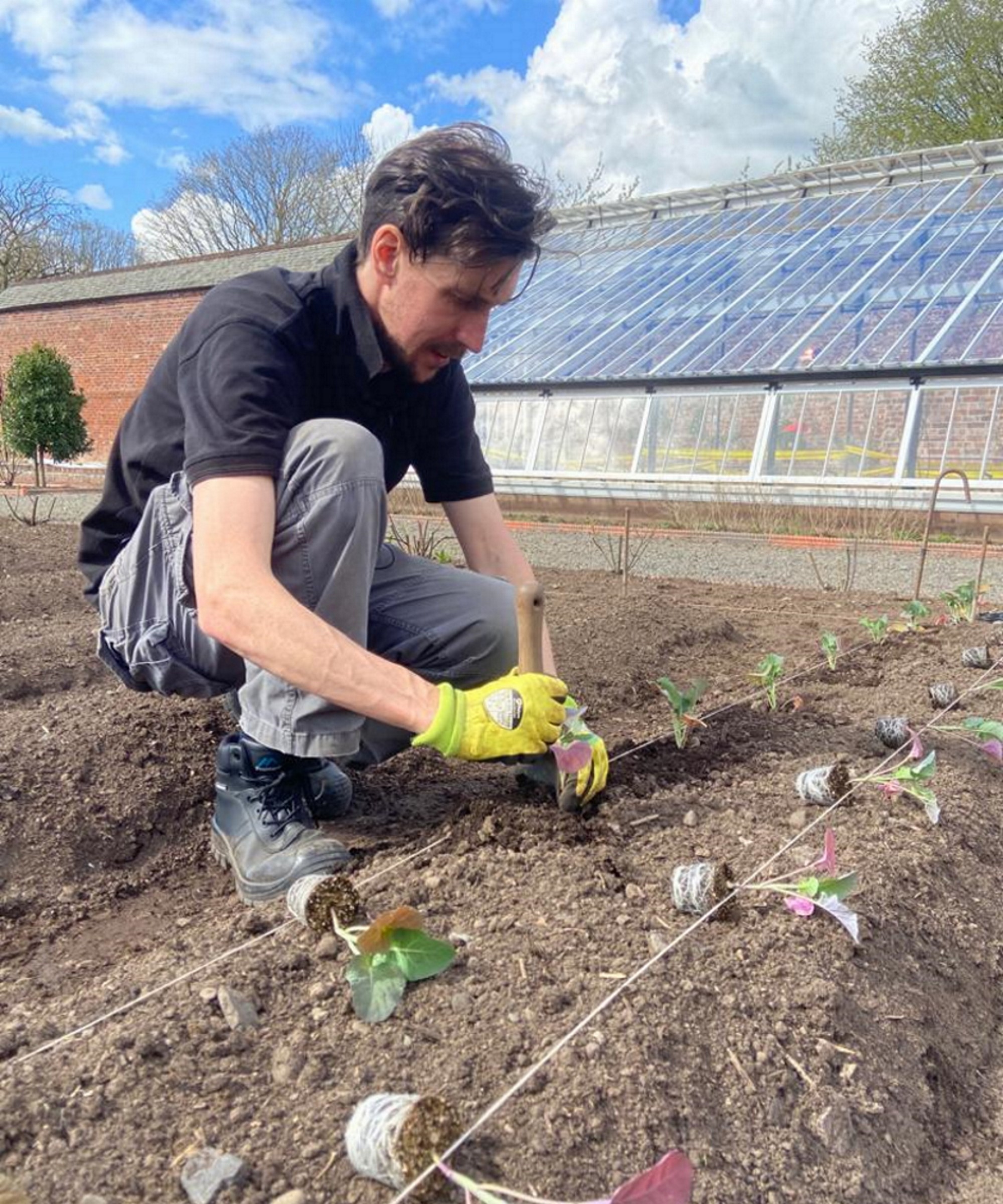
Drew has worked as a writer since 2008 and was also a professional gardener for many years. As a trained horticulturist, he worked in prestigious historic gardens, including Hanbury Hall and the world-famous Hidcote Manor Garden. He also spent time as a specialist kitchen gardener at Soho Farmhouse and Netherby Hall, where he grew vegetables, fruit, herbs, and cut flowers for restaurants. Drew has written for numerous print and online publications and is an allotment holder and garden blogger. He is shortlisted for the Digital Gardening Writer of the Year at the 2025 Garden Media Guild Awards.
